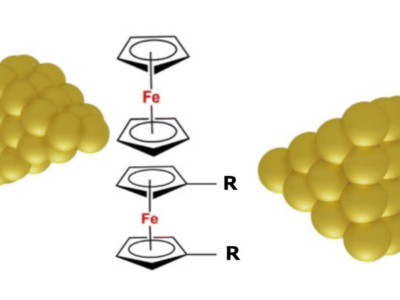
Molecular-based transistors represent a revolutionary departure from traditional silicon technology, owing to their boundless variability and unique capabilities. These molecular-scale devices hold the promise of transforming the landscape of electronics, offering an exciting alternative that opens up new horizons for innovation. In a groundbreaking collaboration with a cutting-edge laboratory in India, our team of theorists has unveiled the intricate inner workings of a molecular junction with a remarkable attribute: near-complete transparency to electronic currents.
This achievement marks a significant milestone in the field of molecular electronics. The extraordinary versatility of molecular structures enables engineers and scientists to design transistors with unprecedented precision, tailor-made for specific applications. Unlike rigid silicon transistors, molecular-based counterparts can be fine-tuned to exhibit a wide range of electrical behaviors, making them adaptable to a multitude of functions, from ultra-fast data processing to ultra-low power consumption. Such advancements promise to revolutionize not only the performance of electronic devices but also their energy efficiency and portability.
The collaboration with the Indian lab underscores the global nature of scientific progress. By pooling our collective knowledge and resources, we have decoded the intricate mechanisms underlying transparent molecular junctions. This breakthrough not only enhances our fundamental understanding of molecular electronics but also paves the way for practical applications in transparent electronics, such as see-through screens, futuristic wearable devices, and advanced optical sensors. As we continue to explore the vast potential of molecular-based transistors, the horizon of possibilities in electronics expands, offering a tantalizing glimpse into the future of technology.




